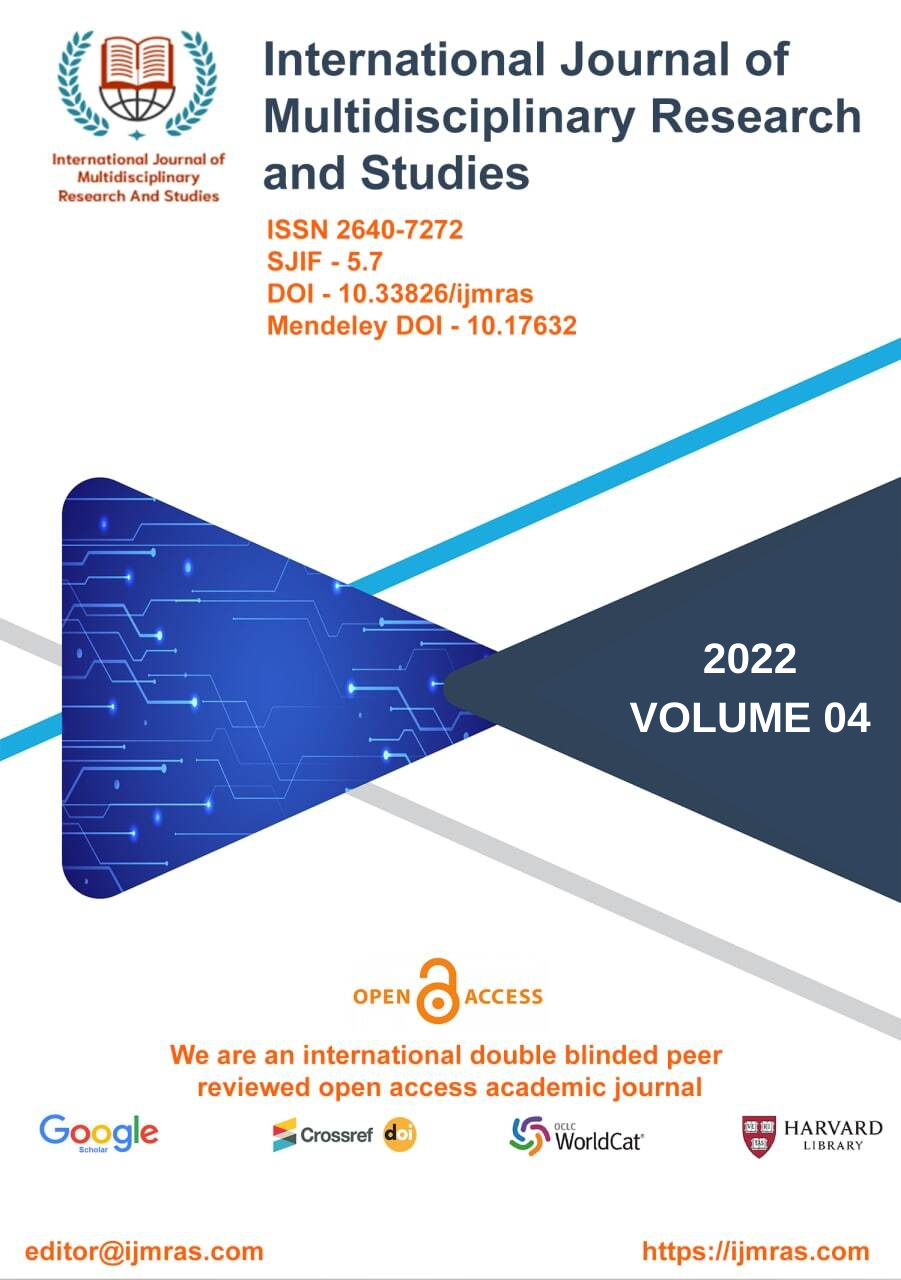WATERFOWL POPULATION STRUCTURE: PHYLOGEOGRAPHIC INFERENCE
Abstract
Population genetics and also the phylogeographic structure of duck species were investigated using 5′-end sequencing of the mtDNA control region and ODC-6 of nuclear DNA. Overall, a weak phylogeographic structure and low genetic differentiation in mallards (Anas platyrhynchos) and European wigeons (Anas penelope) were discovered, which was likely because of the presence of huge, long-term population sizes and significant intracontinental dispersal. Haplotypes of the mtDNA of spot-billed ducks (Anas zonorhyncha) and American wigeons (Anas americana) were found in Mallard and European wigeon samples, respectively. This presence of closely related species haplotypes in these species’ gene pools is in step with the occurrence of historical and contemporary hybridization and incomplete sorting of haplotype lineages in mallards and wigeons.
Keywords
Birds Water ,fow population; Phylogenetics mt DNA,How to Cite
License
Individual articles are published Open Access under the Creative Commons Licence: CC-BY 4.0.




